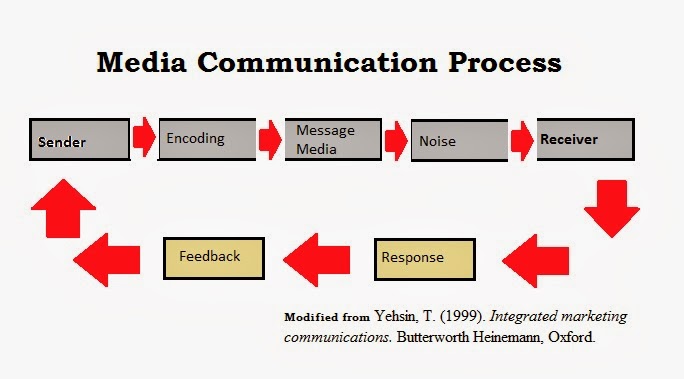 Marketing strategy is arguably one of the major
components of running a successful business. Without customers you have no
sales, revenue or reason to exist. Online marketing is still in its infancy and
will continue to grow and develop for the foreseeable future. A study by
Spilker-Attig & Bettel (2010) analyzed the effectiveness of push and pull
strategies at an online retailer by using 2.7 million orders across different
price points.
Marketing strategy is arguably one of the major
components of running a successful business. Without customers you have no
sales, revenue or reason to exist. Online marketing is still in its infancy and
will continue to grow and develop for the foreseeable future. A study by
Spilker-Attig & Bettel (2010) analyzed the effectiveness of push and pull
strategies at an online retailer by using 2.7 million orders across different
price points.
People regularly confuse the subtle but important
difference between marketing and sales. Marketing is the long-term oriented strategy
and sales are short-term customer-specific transactions (Homburg, et. al.,
2007). Marketing focuses on a larger
demographic and casts a wide net while sales is focused more on specific
activities that pin-point customers.
All sales are based on interactivity between the
company and its customers. Connectivity is seen as an important variable in
online advertisement (Roehm & Haugtvedt, 1999). The way in which the customer is attracted to
a particular product/service and how they find that offering is the connective
reaction between customer and company.
Advertisements can generally take a central or
peripheral route. The central route is used when customers are highly motivated
and are willing to cognitively process the ad which changes attitude toward the
product (Tam & Ho, 2005). The peripheral route is taken when low motivation
is present and can temporarily change the attitude.
Advertisements seek a central or peripheral route
based upon the advertising channel used. For example, push strategies are more
akin to centralized routes and make use of pop up displays, emails, and other
company initiated methods. Pull strategies focus on search engine ranking,
sponsored stories, and other customer initiated contacts. Think of putting it
in your customers face or drawing your customers’ interest.
The authors found that there was a significant
differences of effectiveness between push and pull strategies. Clicks on price
comparison websites, affiliate loyalty sites, and search engines produced
higher purchase responses. Both cheap and expensive products responded well to
search-engine market position. Higher cost products responded to affiliate
loyalty programs.
The study helps highlight how a number of push
channels do not get the response rate companies desire. The internet is an
amebic system that holds hundreds of millions of users it is generally better
to develop organic methods of pulling customer interest. Focusing in areas
where your target market is likely to be found, catering to your customer
demographics, and drawing interest through key concepts and words seems to have
the highest return rates.
Pilker-Attig, A. & Brettel, M. (2010).
Effectiveness of online advertising channels: a price-level-dependent analysis.
Journal of Marketing Management, 26 (3/4).
Roehm, H., & Haugtvedt, C.
(Eds.). (1999). Understanding interactivity of cyberspace advertising. Mahwah,
NJ: Lawrence Erlbaum.
Tam, K.Y., ôc Ho, S.Y (2005). Web
personalization as a persuasion strategy: An elaboration likelihood model
perspective. Information Systems Research, 16(3), 271-291.
